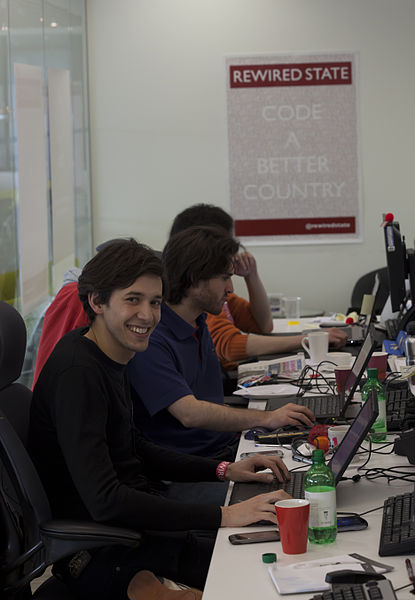It is difficult to identify significant holes in the coverage of tech, especially since the very essence of the subject lends itself to quick and near-instant reporting. In tech journalism, it is the fleet-footed who succeed. If you are the first source to break a piece of news, you get linked to and subsequently receive all the incoming links from the audiences of different sites—which translate into precious hits. You can also get syndicated as the main source on Techmeme (an aggregator site), establishing credibility by having others acknowledge that your reporting is the best version out of many others.
Since tech coverage is so dynamic and never at rest, it seemed particularly challenging to figure out a specific area where reporting can be improved. But with a long view on the topic, you don’t end up having to look too hard.
It’s people in tech that often go unnoticed.
Certainly, the most popular figures of the industry are written about. Extensively, even. Who hasn’t read something on the life and influence of Steve Jobs? Heard about Bill Gates and the rise (and plateau) of Microsoft? Admired the leap taken by Sergey Brin and Larry Page when they founded Google while they were students at Stanford University?
But these notable individuals are the famous ones, the ones sitting on millions of dollars for inventions adopted by the masses. What about the legions of innovators working on their apps, 3D printers, kinetic sculptures, and robots? Only a handful of news outlets are telling their story.
I propose that in the same way that tech news covers the famous gadget conferences—the International Consumer Electronics Show, Mobile World Congress, and CTIA The Wireless Association, among others—tech should also pay attention to the hackathons, the maker faires, open source and DIY gatherings, the code camps.
For instance, EHSM (Exceptionally Hard & Soft Meeting) is about to be held in Berlin, from December 28-30, 2012. It’s a coming together of the forerunners of the DIY movement, like the guy who built a nuclear fusion reactor in his basement when he was 17 years old or the inventor of the AlphaSphere, a spherical and tactile interface for music performance and production.
Maker Faires are held all over the country, with flagship maker faires held annually in San Mateo, California, Detroit and New York City. The New York Maker Faire is also known as “World Maker Faire.” It’s backed by Make Magazine, and some projects shown off at these fairs include Bre Pettis’s 3-D printer, the Makerbot, and the $35 barebones computer, Raspberry Pi.
Or how about tech reporters dropping in on and covering hackathons, which encompasses a vibrant community of programmers collaborating intensively on software projects? The group doesn’t just include coders, but also graphic designers, UI experience designers, project managers and more. Major cities are likely to host several of these a year. Here in New York, one of the biggest organized efforts is a group called Hack NY.
I propose that more coverage of people who are extremely passionate about tech improves the status quo of tech coverage. Most people get the wrong idea about this realm—they think of hackers as devious, loner types knocking down firewalls, cracking passwords, and gaining access to secure system networks that hold our valuable information. But tech is so much more than about the technical; it is a highly creative endeavor. A concerted effort to humanize tech might overturn this assumption.
Image via Wikipedia Commons

